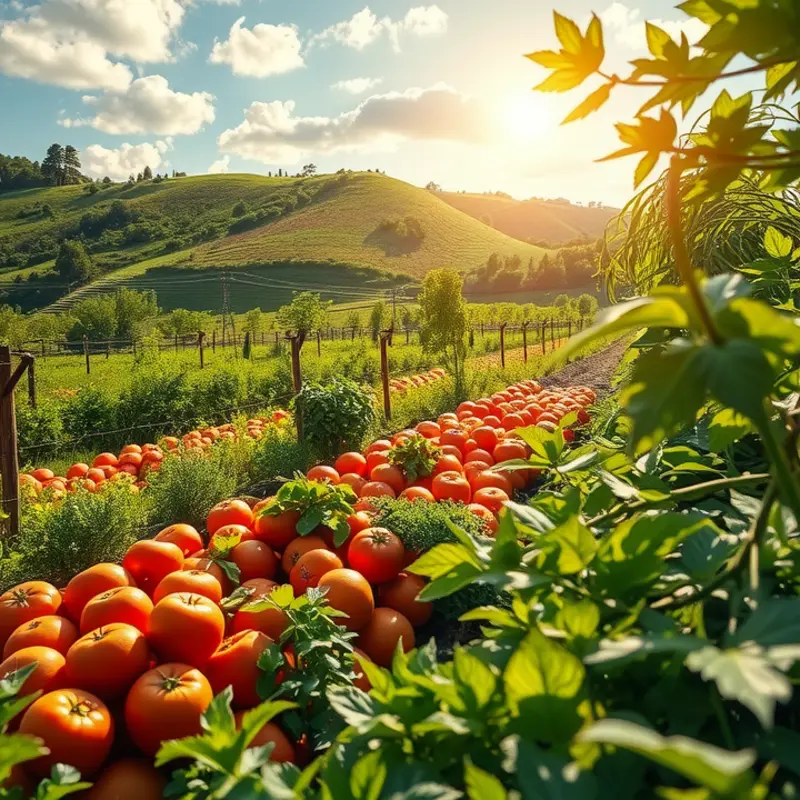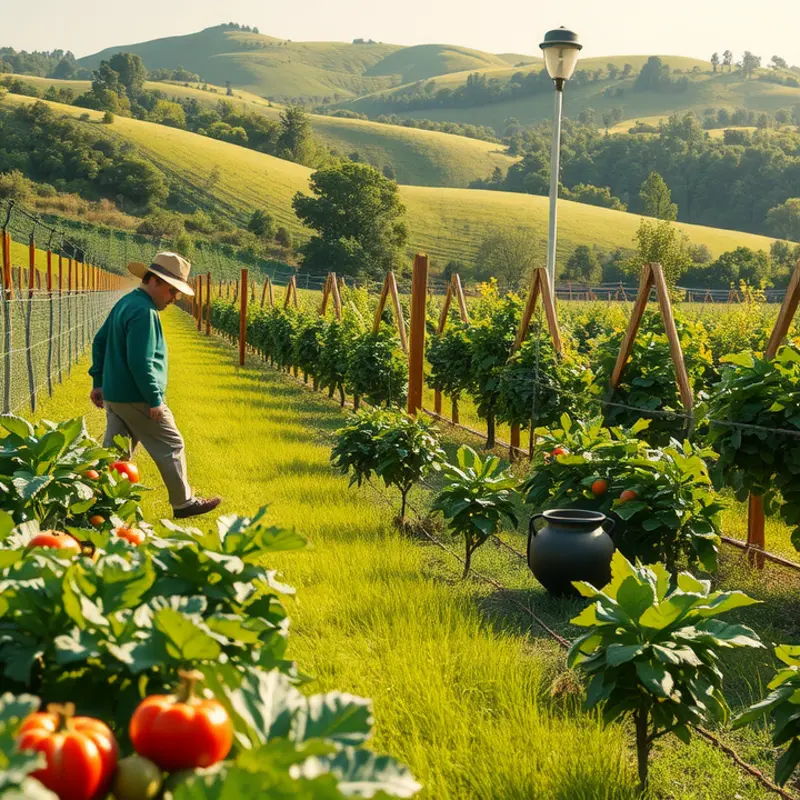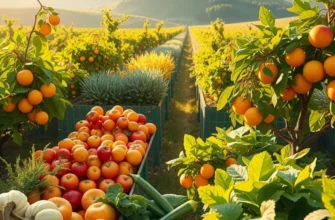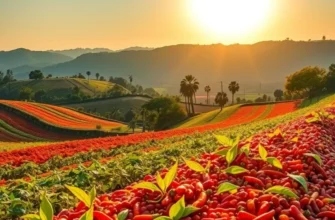From the smoky aroma of a barbecue pit to the rich flavors simmering in a clay pot, traditional cooking methods around the globe tell fascinating stories of culture and community. These methods preserve not just food, but the artistry of those who cook and the heritage they embody. As we dive into the depths of these unique practices, we will uncover how generations have forged recipes and techniques rooted in history, and how these time-honored customs continue to thrive in modern kitchens.
A Flavorful Heritage: Understanding Traditional Cooking Techniques

Traditional cooking techniques are more than just methods of preparing food; they are cultural artifacts that tell stories of regions and their people. Influenced by the local environment and resources, these practices not only define culinary landscapes but also create unique flavor profiles that are cherished globally.
In the sun-drenched landscapes of the Middle East, slow roasting has long been a favored cooking technique. This method involves cooking meat over low heat for extended periods, typically using a spit or in an earthen oven known as a ‘taboon.’ The slow roasting process allows the meat to absorb spices and herbs deeply, resulting in tender, flavorful dishes like shawarma or lamb. Historically, the scarcity of firewood in arid regions led to a preference for longer cooking at lower temperatures, maximizing heat efficiency and imparting smoky flavors.
Moving to Southern Italy, the tradition of wood-fired cooking stands as a testament to simplicity and the rich communal spirit centered around food. Whether used for baking pizzas or roasting vegetables, wood-fired ovens contribute a depth of flavor that electric or gas heat cannot replicate. The use of wood as a fuel source traces back to historical times when it was readily available. This method not only enhances the taste but also imparts a characteristic char that is now synonymous with rustic Italian cuisine.
East Asia offers another dimension with its age-old fermentation techniques. Fermentation is more than just a preservation method; it transforms raw ingredients into nutrient-rich, flavorful staples. In countries like Korea, kimchi—fermented cabbage—is a dietary mainstay, revered for its probiotic content. The process of fermentation is highly dependent on the local climate; varying temperatures and humidity levels directly influence the development of complex flavors and textures. Fermented foods are a testament to the ingenuity of cultures in creating health-promoting foods under resource constraints.
These diverse cooking techniques highlight how regional environments and available resources shape culinary traditions. Cultural exchanges along trade routes further enriched these practices, introducing new ingredients and creating fusion cuisines. This evolution continues today, yet the essence of traditional methods remains, offering a connection to the past and a guide for sustainable cooking.
For those looking to explore these traditions in modern kitchens, thoughtful ingredient choice is essential. Embracing eco-friendly and sustainable practices can enhance your culinary journey. More on this can be found in discussions on eco-smart kitchen storage, where traditional methods meet contemporary sustainability efforts. The exploration of these techniques not only enriches our palettes but also deepens our understanding of the interconnectedness between food, culture, and heritage.
Culinary Traditions: Cooking with Community and Ritual

Food is more than just sustenance; it’s a conduit for tradition and community bonding. Many cultures use communal cooking practices as a way to celebrate their heritage and strengthen community ties. These rituals foster connection, preserving the flavors and stories of a people.
In the American Southwest, Diane’s fire pit feasts are a cherished tradition. The fire pit, dug into the earth, is central to these gatherings. It’s an outdoor kitchen where ancient methods meet contemporary community life. Here, mesquite wood smoke infuses meats and vegetables with a distinct southwestern flavor. This cooking method harkens back to indigenous customs, uniting generations around the flames. The act of gathering wood, tending the fire, and cooking slow-roasted meals allows participants to engage in meaningful conversations, sharing stories and wisdom.
Across the globe, South Korea celebrates samgyeopsal-gui, a traditional barbecue deeply embedded in Korean culture. Family and friends gather around a grill at the table, cooking their choice of meats and vegetables. The communal aspect lies not just in sharing food but in the synchronized dance of grilling and eating together. Each person contributes to the preparation, enhancing the collective experience. This tradition serves as a reminder of Korea’s agrarian roots, where community collaboration ensured survival and prosperity.
In Morocco, the practice of communal eating is epitomized by the traditional tagine, a slow-cooked stew prepared in ornate clay pots. The tagine is placed in the center of the communal table, and diners gather to share. Eating with one’s hands, using bread as an edible utensil, is not just practical but a gesture of trust and camaraderie. The spices and herbs used in Moroccan cooking tell a story of trade and cultural exchange, an aspect explored further in discussions on culinary influences of historical trade.
These culinary traditions illuminate the powerful role of food in shaping cultural identity. They are expressions of reverence for natural resources and the heritage from which they spring. As communities continue these practices, they pass down not just recipes but a sense of belonging and shared history.
Amidst a diverse world of cuisines, these communal rituals remind us of food’s power to unify and preserve. As each dish is prepared and shared, stories are told, and legacies are handed down, ensuring the heart of a culture continues to beat strong.
Final words
Traditional cooking methods serve as a bridge between generations, connecting us to our roots and the diverse cultures that inhabit our world. As food enthusiasts explore these culinary practices, they not only indulge in flavors that narrate stories of history and community but also participate in a larger dialogue that values sustainability and cultural preservation. Embracing authentic methods of cooking opens up a world of rich experiences, encouraging us to celebrate not only what we eat but also the traditions that nourish our souls.








